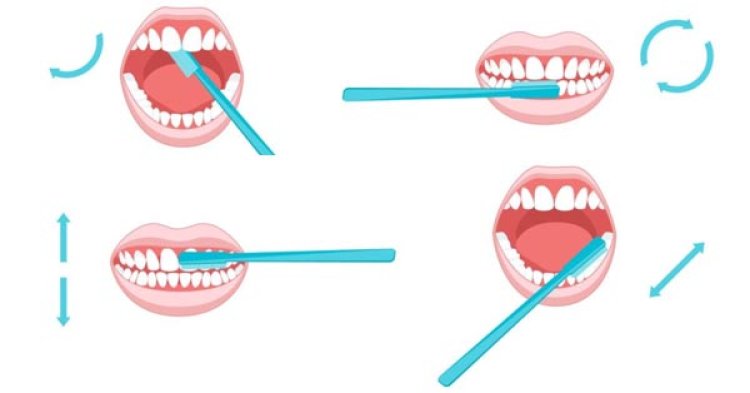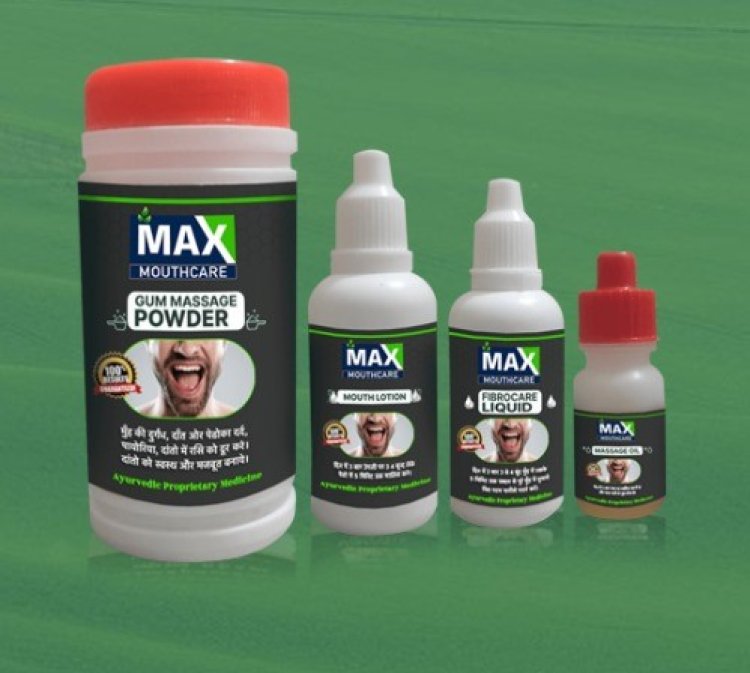How to Brush Your Teeth the Right Way
Brushing your teeth correctly is crucial for good oral hygiene and preventing dental issues

Brushing your teeth properly is essential for maintaining good oral hygiene, preventing cavities, and promoting overall health.
Here’s a step-by-step guide on how to brush your teeth the right way:
1. Choose the Right Toothbrush and Toothpaste
Toothbrush: Use a soft-bristled toothbrush that fits comfortably in your mouth. The bristles should be gentle on your gums and teeth.
Toothpaste: Choose a fluoride toothpaste, which helps protect your teeth from decay.
2. Prepare Your Toothbrush
Apply a pea-sized amount of toothpaste onto the toothbrush. You don’t need a lot of toothpaste for effective brushing.
3. Position the Toothbrush Correctly
Hold the toothbrush at a 45-degree angle to your gums. This angle allows the bristles to reach under the gumline, where plaque tends to accumulate.
4. Brush Gently and Thoroughly
Use gentle, circular motions to clean the front surfaces of your teeth. Avoid scrubbing aggressively, as this can damage your enamel and irritate your gums.
Spend about 2 minutes brushing, ensuring you cover all surfaces:
Outer Surfaces: Start with the outer surfaces of your upper teeth, then move to the lower teeth.
Inner Surfaces: Tilt the brush vertically and use up-and-down strokes to clean the inner surfaces of your front teeth.
Chewing Surfaces: Use back-and-forth motions to clean the chewing surfaces of your molars.
5. Brush Your Tongue
Gently brush your tongue or use a tongue scraper to remove bacteria and freshen your breath.
6. Rinse Your Mouth
Spit out the toothpaste after brushing and rinse your mouth with water. You can also use a mouthwash for added freshness and protection against bacteria.
7. Rinse and Store Your Toothbrush
Rinse your toothbrush with water to remove toothpaste and debris. Store it upright and allow it to air dry. Avoid covering your toothbrush, as this can create a moist environment for bacteria to grow.
8. Replace Your Toothbrush Regularly
Replace your toothbrush every 3-4 months or sooner if the bristles are frayed. A worn-out toothbrush won’t clean your teeth effectively.
Additional Tips:
Brush Twice a Day: Brush your teeth at least twice a day—once in the morning and once before bed.
Floss Daily: Flossing removes plaque and food particles between teeth where your toothbrush can’t reach.
Regular Dental Check-ups: Visit your dentist regularly for check-ups and professional cleanings.
Following these steps will help keep your teeth and gums healthy and reduce the risk of cavities and gum disease.















